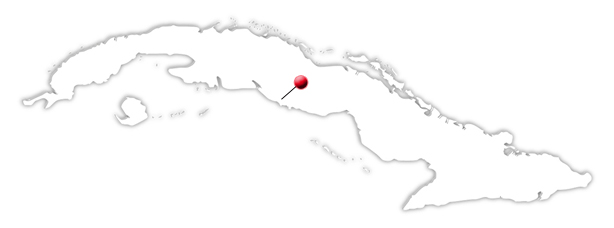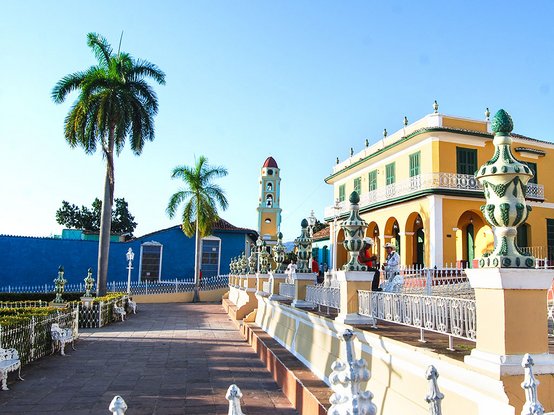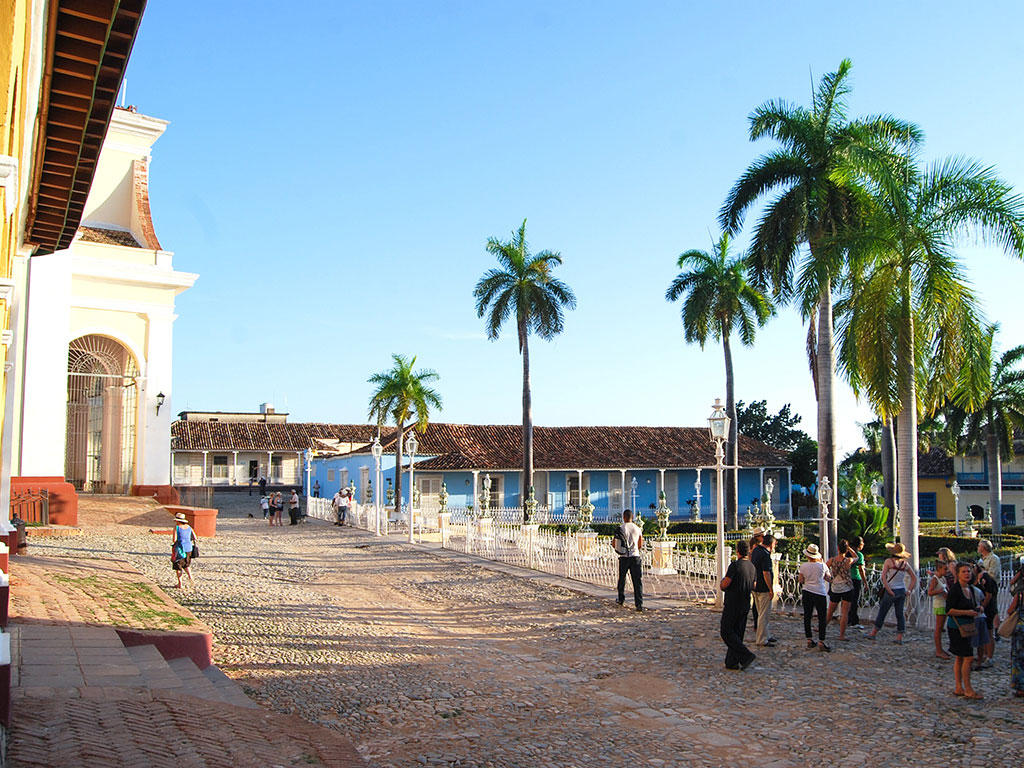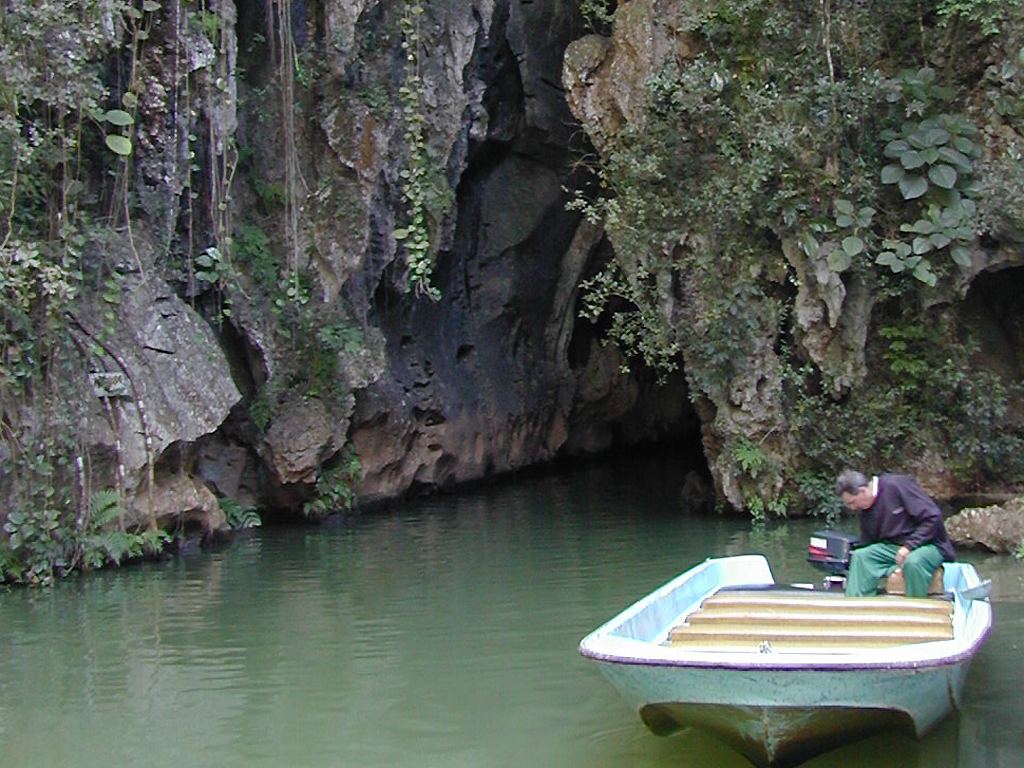Trinidad
History
Back to the city's history: Founded by the Spanish conqueror Diego Velaquez in 1514 it is the third oldest settlement in the country (after Baracoa and Santiago de Cuba). The original inhabitants of Cuba, the Taino Indians were completely wiped out by the arrival of the Spaniards. This was due to introduced diseases and the hard slave labor. After the Spaniards began to import more slave labor from Africa to import, because the sugar harvest was then very labor intensive.
Sadly these slaves did not live long, they were ruthlessly burned by the Spanish colonizers in the cane fields. A testimony to this time is the "Torre de Iznaga Manacas-" (slaves tower) in the Valley of the Sugar Mills. The Spaniards used the tower to oversee their slaves. If you climb to the top you’ll be greeted by an excellent view of the whole valley. As the price of sugar in 1880 declined, the sugar industry in Trinidad drastically declined with it.
Until the 20th century, the city was very quiet, but then Cuba’s tourism opened in early 90s and brought visitors to the country. Three years earlier, Trinidad was declared a UNESCO World Heritage Site and now tourists came in droves to see the Trinidadian artwork. Accordingly, it makes no sense to single out particular areas or buildings as anywhere you go you’ll feel like you’re in a different era!
Leisure
Approximately 15 km from the center is the city beach "Playa Ancon", so cultural and beach holidays combine perfectly. Furthermore, the Sierra Escambray is located in the immediate area and it offers visitors excellent walking trails to try.
Accommodation
The boutique hotel Iberostar in Trinidad is one of the cities best colonial hotels in Cuba, unfortunately it has only 40 rooms and is often fully booked. Hotels are overbooked excessive and especially from November to April it is very difficult to get a room. Fortunately, there are a lot of great "Casas Particulares" in Trinidad.
These are private accommodations, where the visitor lives in the house of their Cuban hosts. Even though this may not be for everyone, it is worth a try. The city has a rich history of sugar harvest, smuggling and slave trade, in addition to being built in the 18th and 19th centuries! The palaces of the sugar barons still remain standing in all their former glory and are worth the effort to find.




